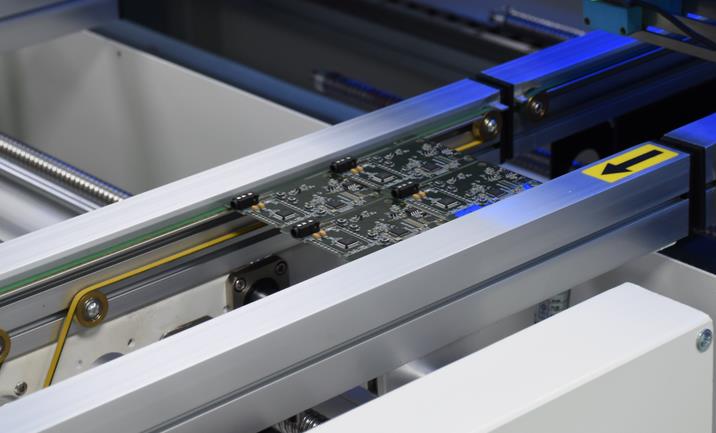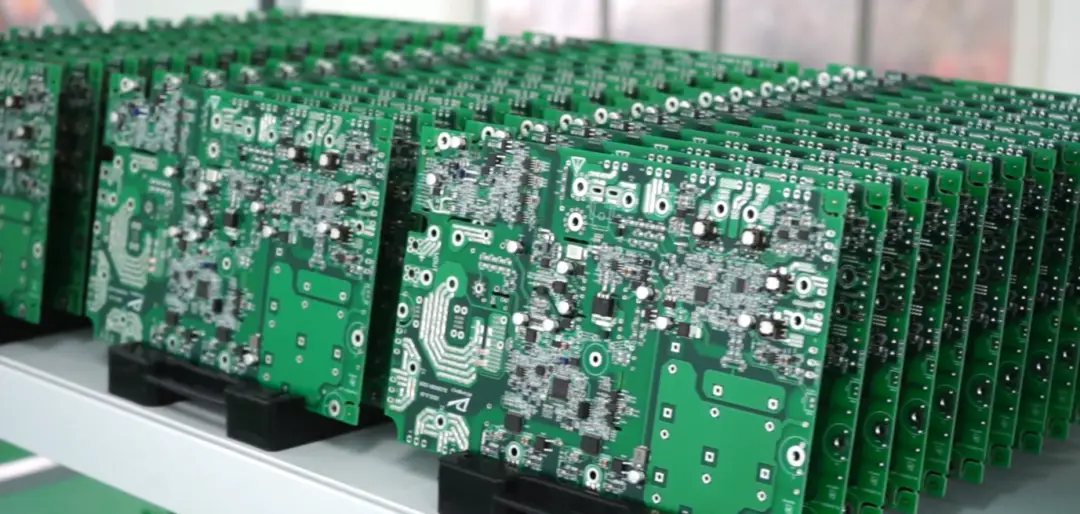What is the PCBA reliability test standard?
The PCBA reliability test standard encompasses a range of international and industry-specific guidelines that ensure the quality, performance, and longevity of PCBAs under various operating conditions. Some of the key standards used for PCBA reliability testing include:
IPC Standards:
IPC-6012: Provides unified standards and specifications for the printed wiring board manufacturing industry, covering design, process, quality, and reliability aspects.
IPC-A-610: Defines the visual and functional acceptance criteria for electronic assemblies, with detailed regulations on soldering, connections, and other aspects of PCBAs.
IPC/JEDEC J-STD-033: Addresses the control of moisture sensitivity for surface mount devices, outlining standards and requirements for material packaging, storage, and baking.
IEC Standards:
IEC 60068-2 series: Defines various environmental testing methods, including temperature, humidity, mechanical vibration, and shock, which are crucial for assessing the reliability of PCBAs under extreme conditions.
Military and Aerospace Standards:
Standards such as MIL-STD-883 and MIL-STD-202G contain methods for thermal cycling, vibration, and shock testing that are particularly rigorous and are often adopted or referenced in the automotive and other industries requiring high reliability.
JEDEC Standards:
Standards like JEDEC JESD22-A106 and others provide specific guidelines for thermal cycling and other environmental tests, ensuring the reliability of electronic components and assemblies under demanding conditions.
These standards ensure that PCBA reliability testing is conducted in a systematic and consistent manner, allowing manufacturers and suppliers to compare and evaluate the performance of their products. By adhering to these standards, automotive manufacturers can ensure that their PCBAs meet the rigorous requirements of the industry and provide reliable performance over the lifetime of the vehicle.
Prev: What is the meaning of PCBA in automotive?
Next: How is a PCB manufactured step-by-step?








